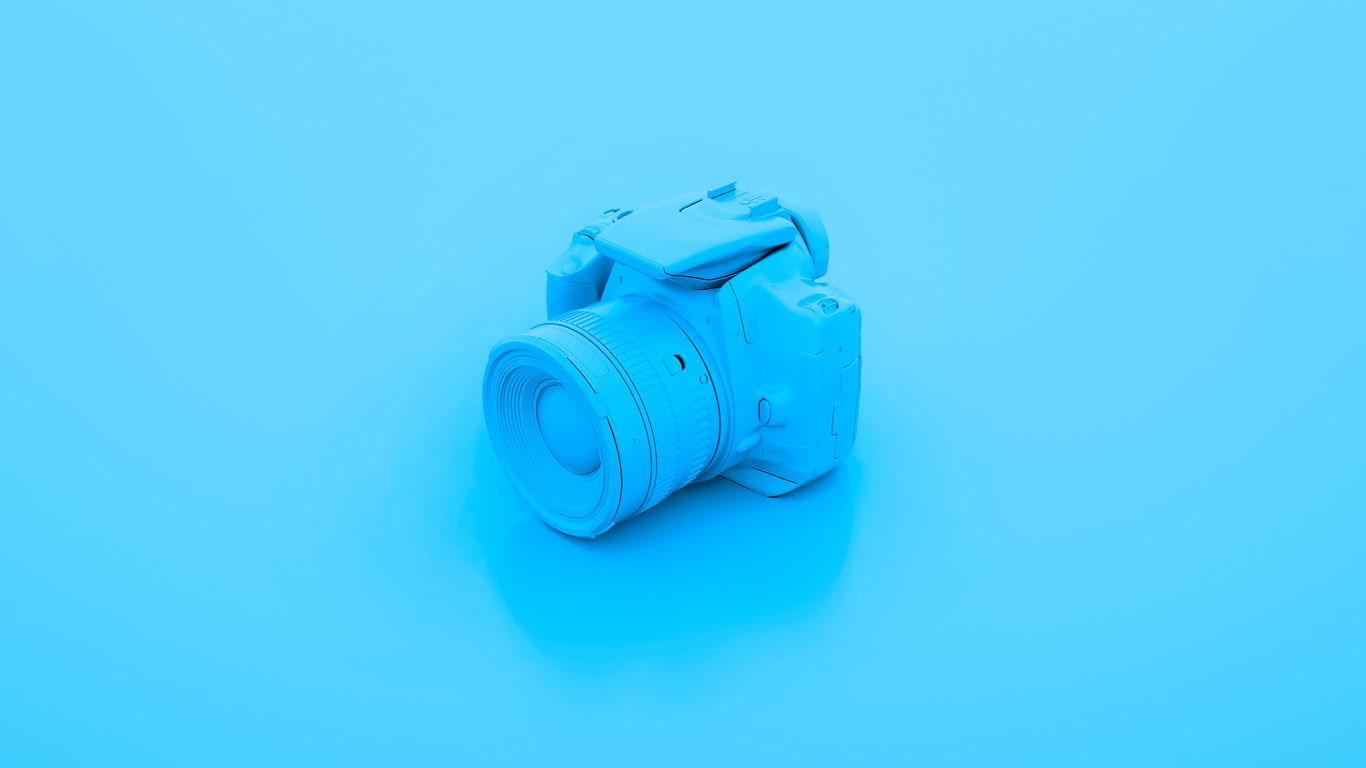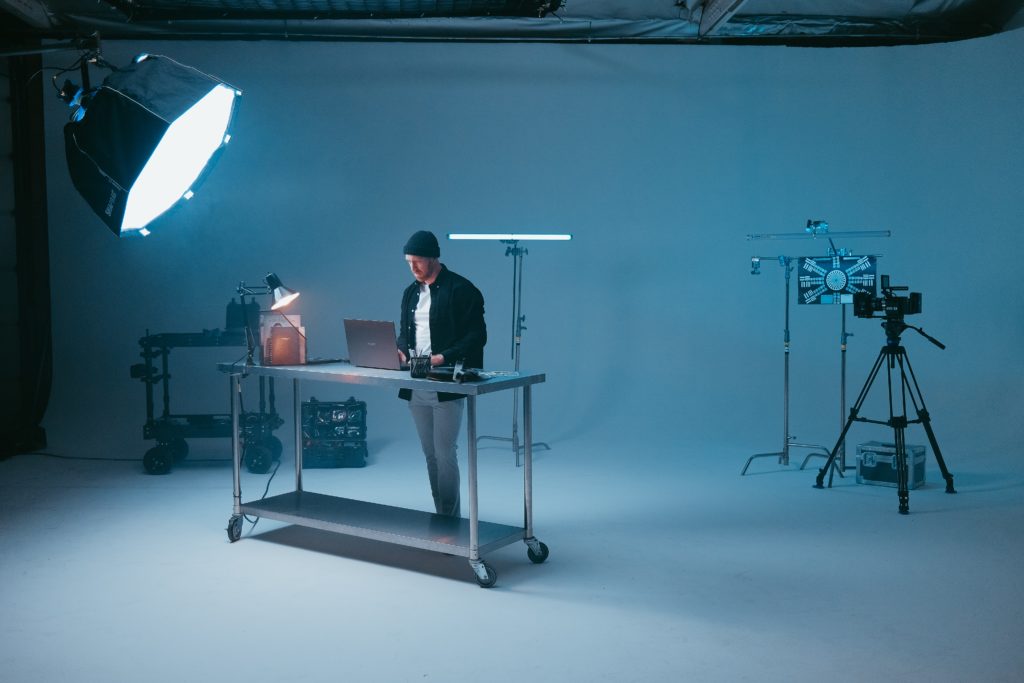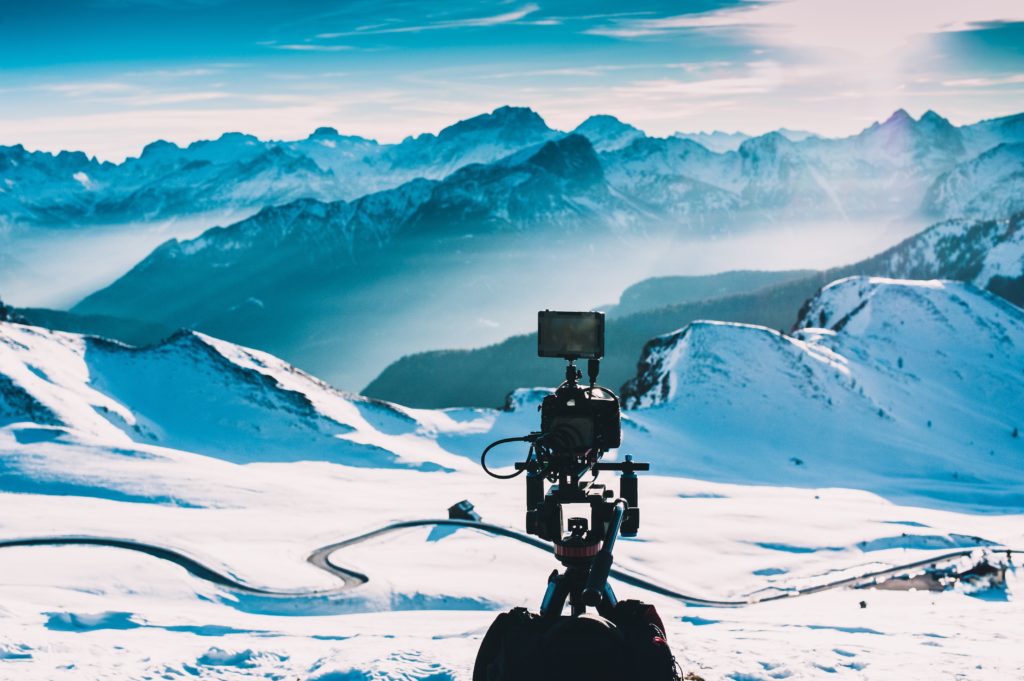
Livestream Video Production
To stand out and engage your audience in today’s fast-moving digital world, video content needs to be part of your marketing strategy.
Why use video?
Videos increase your potential to connect with your customers, raise your profile on social media and other key channels, and convey a message your target audience will remember.
If you’re not yet taking advantage of video marketing, the good news is there are many ways to get started with this exciting medium. One option is live stream video production, which can generate outstanding results.



What is live stream video production and why invest in it?
Live stream video production is the practice of broadcasting live footage over the internet to an active audience that views the content in real time.
This can be a good way for emerging brands and small businesses to start utilising video content in their marketing and to make a direct, powerful connection with their customers.
In the past, live stream video production required access to a dedicated streaming platform, but social media has made it much easier for brands to broadcast live and direct to viewers. Services such as Facebook Live and LinkedIn Live allow users to host a live event and stream video content that taps into the audience’s interests, answers their questions or helps them solve common problems.
Why is live streaming good for marketing?
One of the biggest advantages of live streaming from a marketing perspective is its immediacy. Viewers naturally feel more engaged when they know they’re watching live content being broadcast in real time.
Live video also helps you to come across as genuine and honest. Some members of your audience might retain a degree of cautious scepticism when viewing content such as social media advertising or carefully produced brand videos, but live streaming shows you’re willing to engage directly with viewers and that you welcome questions and feedback.

Furthermore, hosting a live event can provide content to be used in other areas of your marketing. Live stream highlights can be edited into standalone videos to share on social media or relevant landing pages, for example.
What is the live stream video production process?
To get the best results from your live stream video production, it’s important to plan every event carefully so the broadcast runs as smoothly as possible and you achieve the results you’re looking for.
Preparing for a live event
Firstly, it’s crucial to know exactly what you want to use the event for and the message you want to get across. Whether it’s promoting a forthcoming launch, hosting a Q&A session to answer your audience’s most common queries or providing a product demonstration, make sure your purpose is clear and easily defined.

Another important part of the preparation phase is researching the various streaming platforms and choosing the right option for you. If you have a limited budget, you could use a social media live streaming platforms, such as:
- YouTube Live
- Facebook Live
- Twitch
- LinkedIn Live
If you have more specific needs that demand higher functionality from your streaming platform, you could consider using a paid service from a specialist provider. Well-known brands in this area of the market include:
- IBM Cloud Video
- Brightcove
- Kaltura
- DaCast
- Panopto

What equipment is required for live streaming?
The equipment you’ll need to host a live video event depends on your streaming goals and the sort of content you want to produce, but at the very least you should consider investing in a good camera to help you achieve a professional-looking end product.
If you’re on an extremely tight budget you could use a smartphone or webcam for your first live stream productions, but make sure you’re maintaining good practices to give viewers the best possible experience, such as:

- Putting your light source in front of you, not behind
- Positioning the speaker or presenter in the centre of the frame
- Setting up a clear or aesthetically pleasing background
- Keeping background noise to a minimum
Another essential requirement for streaming is a good internet connection, so you can feel confident your viewers’ experience won’t be ruined by losses in signal or a lagging picture. There are things you can do to ease the pressure on your internet connection and present a smoother broadcast, such as reducing your image resolution to 1080p or 720p.
What are the benefits of live streaming software?
As you get more comfortable and experienced with live stream video production, you might find that your ambitions grow and you want to present more professional video content to your audience.
This could require you to become more familiar with the range of software solutions available to support live streaming. Live encoding software, for example, enables you to convert a video feed into a format suited to live streaming. This could be necessary if you’re using a camera designed purely for recording, rather than internet transmission.

Other useful applications of specialist streaming software include live video mixing, editing and production. Dedicated tools make it easier for you to do things that make your broadcasts much more professional and enjoyable for viewers, such as:
- Switching between multiple cameras
- Combining streams from a range of sources, including video and audio
- Inserting images or pre-recorded video content into live broadcasts
- Adding graphics, transitions and video effects
How can I differentiate my live stream video production?
If live stream video production is going to be an important aspect of your broader digital marketing efforts, it’s worth thinking about what you can do to differentiate your content and make it as strong as possible.
This will require you to know and stick to best practices in this area of marketing, including:

- Switching between multiple cameras
- Combining streams from a range of sources, including video and audio
- Inserting images or pre-recorded video content into live broadcasts
- Adding graphics, transitions and video effects
As you become accustomed to these practices and increase your familiarity with live stream video production, you could find that it grows into one of the most fun and productive components of your digital marketing strategy.